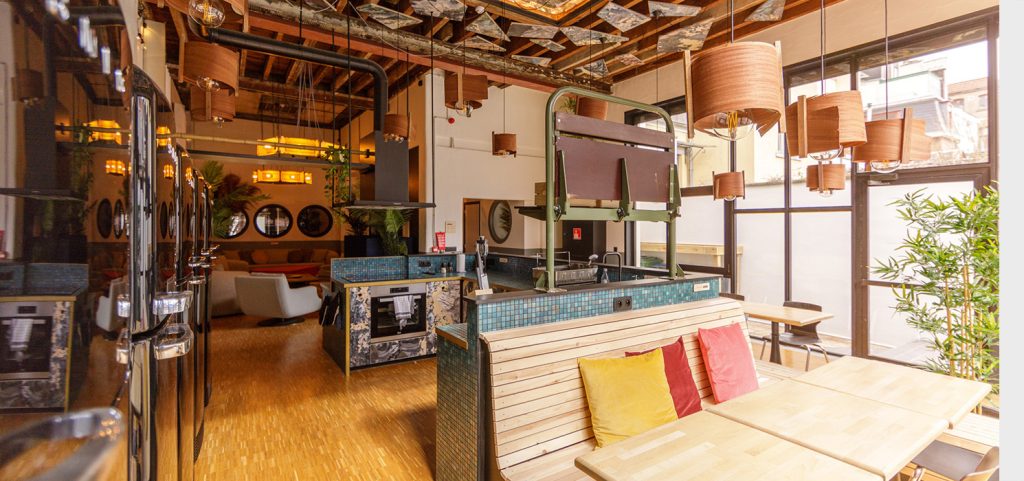As urban landscapes evolve, so do the ways people choose to live. Traditional housing models are giving way to more flexible, community-driven solutions like co-living and modern hostels. These innovative living arrangements offer affordability, convenience, and a sense of community—making them increasingly popular among young professionals, digital nomads, and students. Here’s why co-living and hostels are shaping the future of urban living.
1. Affordability in High-Cost Cities
The rising cost of living in major cities is a significant challenge for many. Co-living spaces and hostels offer a more affordable alternative to conventional apartments by sharing resources and spaces.
Tip: Operators can provide tiered pricing models to cater to different budgets, offering shared rooms, private suites, and premium amenities.
2. Community-Centric Living
Modern urban dwellers value community and connection. Co-living and hostels foster social interaction through shared spaces and organized events, reducing feelings of isolation in bustling cities.
Tip: Regularly host social activities like workshops, cultural nights, and wellness programs to nurture a sense of belonging among residents.
3. Flexibility and Convenience
Urban lifestyles are increasingly dynamic, and people seek flexible living arrangements that adapt to their needs. Co-living and hostels offer short-term and long-term options without the burden of lengthy leases or utility management.
Tip: Provide flexible lease terms, all-inclusive pricing, and seamless move-in experiences to attract residents seeking convenience.
4. Designing for Modern Lifestyles
Innovative design is at the heart of successful co-living and hostel spaces. By blending private areas with communal zones, these spaces meet the needs of remote workers, social butterflies, and those seeking solitude.
Tip: Incorporate multifunctional spaces such as co-working areas, meditation rooms, and rooftop lounges to enhance the living experience.
5. Sustainability and Shared Resources
With growing environmental concerns, co-living and hostel models promote sustainable living by maximizing shared resources and reducing waste. This collective approach helps to lower the carbon footprint of urban housing.
Tip: Implement green initiatives such as recycling programs, energy-efficient appliances, and shared transportation services.
6. Technology-Driven Living Experiences
Technology is reshaping how people engage with their living environments. Smart home features, digital concierge services, and app-based community platforms are becoming standard in co-living and hostel spaces.
Tip: Utilize technology to streamline operations and enhance resident experiences, such as mobile key access, event booking apps, and online community forums.
7. Catering to a Diverse Population
Co-living and hostels attract a diverse mix of residents, from students and freelancers to corporate professionals and retirees. This diversity fosters cultural exchange and broadens social networks.
Tip: Offer specialized living zones, such as family-friendly areas or women-only floors, to meet the unique needs of different resident groups.
Conclusion
The future of urban living lies in adaptable, community-focused models like co-living and hostels. These innovative spaces not only address practical concerns like affordability and convenience but also foster deeper human connections and sustainable practices. As urban populations continue to grow, co-living and hostels will play an increasingly vital role in shaping vibrant, inclusive city life.





